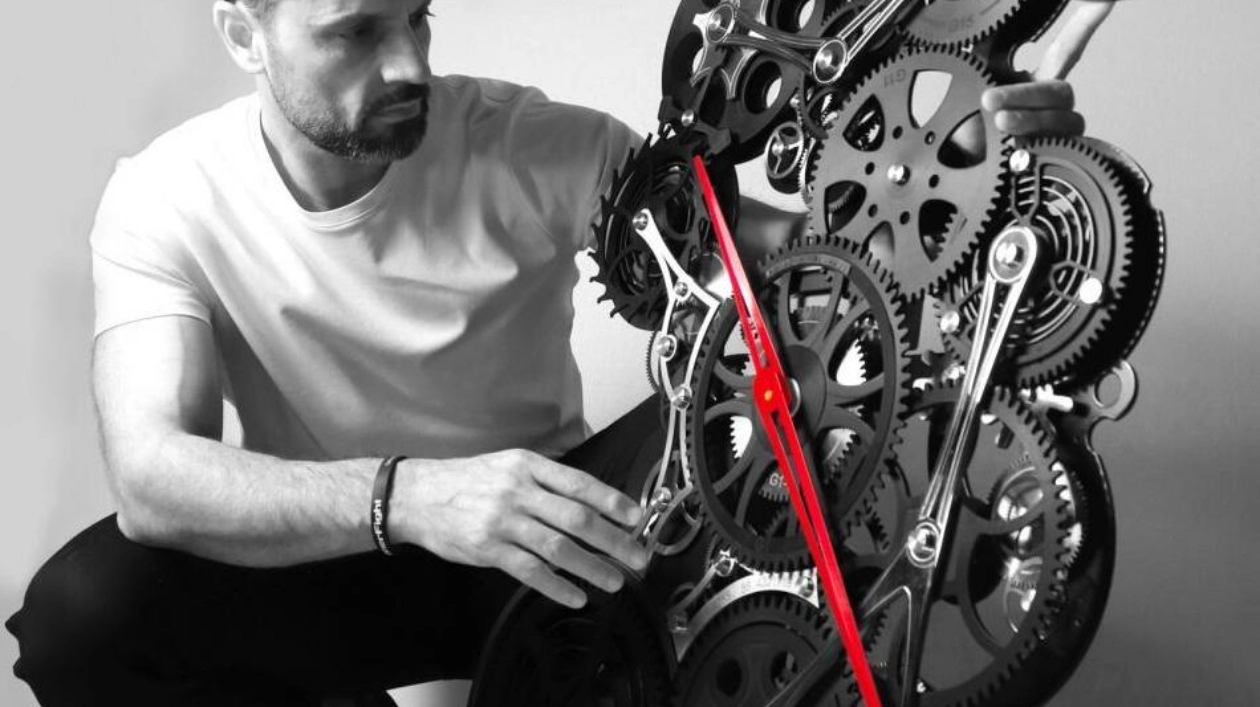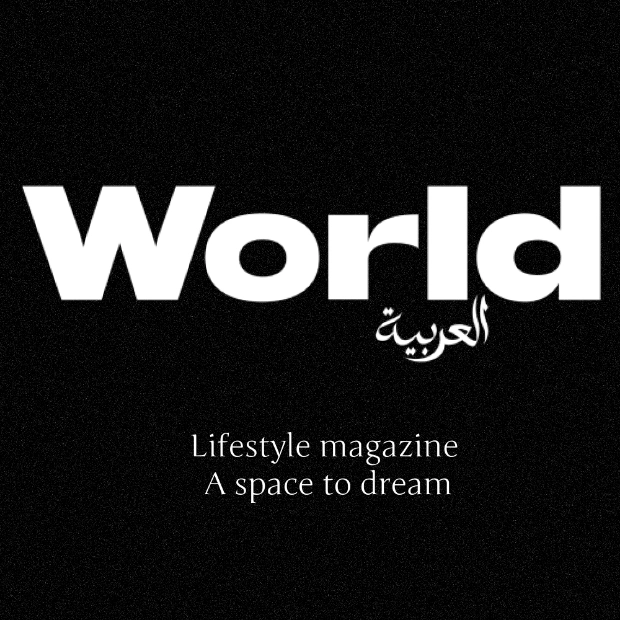Time holds boundless potential. It can inflict pain. It can bring healing. It can flow freely. Occasionally, it may appear rigid. Philosophers from both the Western and Arab worlds have penned extensive treatises on time and how we chart our evolution with it as our focal point. Building on this concept, UAE resident and clock sculptor Amjad Al-Hajj has been crafting intricate clock designs that reflect our multifaceted understanding of time. Consider, for instance, his creation Big Bang, part of the Mysteries of the Universe collection, which Amjad will showcase at Downtown Design from November 6-9. Blending art with science, this exquisite timepiece draws inspiration from the cosmic event that shaped our universe. Another piece, Supernova, set to be unveiled at Downtown Design, magnificently captures the awe-inspiring explosion of a star. In essence, Amjad's work encapsulates time as a silent witness to the cosmic world's evolution.
"It all began in my childhood," Amjad recounts when asked about his early fascination with clocks as art. "I was fortunate to have an environment that nurtured my artistic talents. I was allowed to draw on walls and given paints and brushes to express myself. My father, who taught me how to use tools like hammers and screwdrivers, and my mother, an artist herself, played pivotal roles in my upbringing." This, coupled with an education that emphasized art, led Amjad to delve into architecture, eventually paving the way for his clock sculpting endeavors. An essential aspect of his creations is that they are conceived more for their aesthetic appeal than their functionality. "I am not a horologist," he clarifies. "Technically, I cannot design a clock to tell time. But I can design the aesthetics of a clock. I collaborate with a Swiss supplier for the mechanisms and other specialized services to handle the intricate horological details. What I produce are essentially sculptures in the form of timepieces."
One of his elaborate and evocative works is the NAFFCO clock tower. Spanning 13 meters, this clock, now prominently situated in Jebel Ali, was commissioned by then NAFFCO chairman Khalid Al Khatib, who sought a monument that would embody the spirit of his company. Amjad crafted this timepiece using steel and granite, with numbers etched in the former, symbolizing time as an unending phenomenon that overshadows all human endeavors. Presently, the Downtown Design exhibition will feature his latest creations themed around cosmology. "Each piece has a story and a unique connection with people. My aspiration is to create the Dubai Clock and have at least one of my timepieces in the heart of every city worldwide," Amjad shares.
This ambitious goal is challenging, given that each of his timepieces takes at least six months to complete, with ongoing discussions about whether they should be solo pieces or part of a limited edition collection. Regarding the design process, Amjad explains that it starts with an idea—"the concept." "It can be inspired by flowers, skies, nature, or a story. This moment is magical and inexplicable as the idea begins to resonate with you. I then sketch mock-ups and delve into the details. The technical aspects, while considered, remain secondary." Sometimes, the idea remains vague for months before it fully materializes, but Amjad notes that most of his works, typically priced at $30,000 or more, are completed within six months. "I must scrutinize details from various angles. It's not always about size; it must convey something profound."
For example, his upcoming piece, Illusion, is a clock designed to be unreadable. In essence, it will be a clock that doesn't tell time. "There's a scientific concept suggesting time is an illusion. The function then becomes secondary to my artistic intent. If people want to read time, they can simply glance at their phones or watches. Thus, the large timepieces must serve a function that merges art and science," Amjad explains. Occasionally, he intentionally incorporates hidden motifs for viewers to discover subtle details. In Big Bang, for instance, there are concealed numbers. "In the cosmology collection, there are hidden design elements that make them more intriguing," he notes. "The central theme of all my projects is time, which later evolves into sculptures that don't tell time. But time is an immensely profound subject. It's said to be the most frequently used pronoun in the English language."
Creating art from clocks is a rare endeavor. Amjad mentions that he hasn't encountered anyone pursuing a similar path. "Even during my collaborations in Switzerland, I was told that such work had not been seen before. I believe this is because I address broader existential questions through my timepiece sculptures—where did we come from, where are we going?" Regarding his most challenging project, Amjad cites Illusion as complex due to its organic nature. "Each work presents its own challenge, which is the exciting part. However, I strongly advocate for minimalism in design. Origin, for example, is a simple, well-proportioned piece of concrete. But considerable effort went into achieving the right proportions and finish. Many might view it as a simple rectangle, but it's not." Hence, they say, beauty is in the eye of the beholder.
Source link: https://www.khaleejtimes.com






